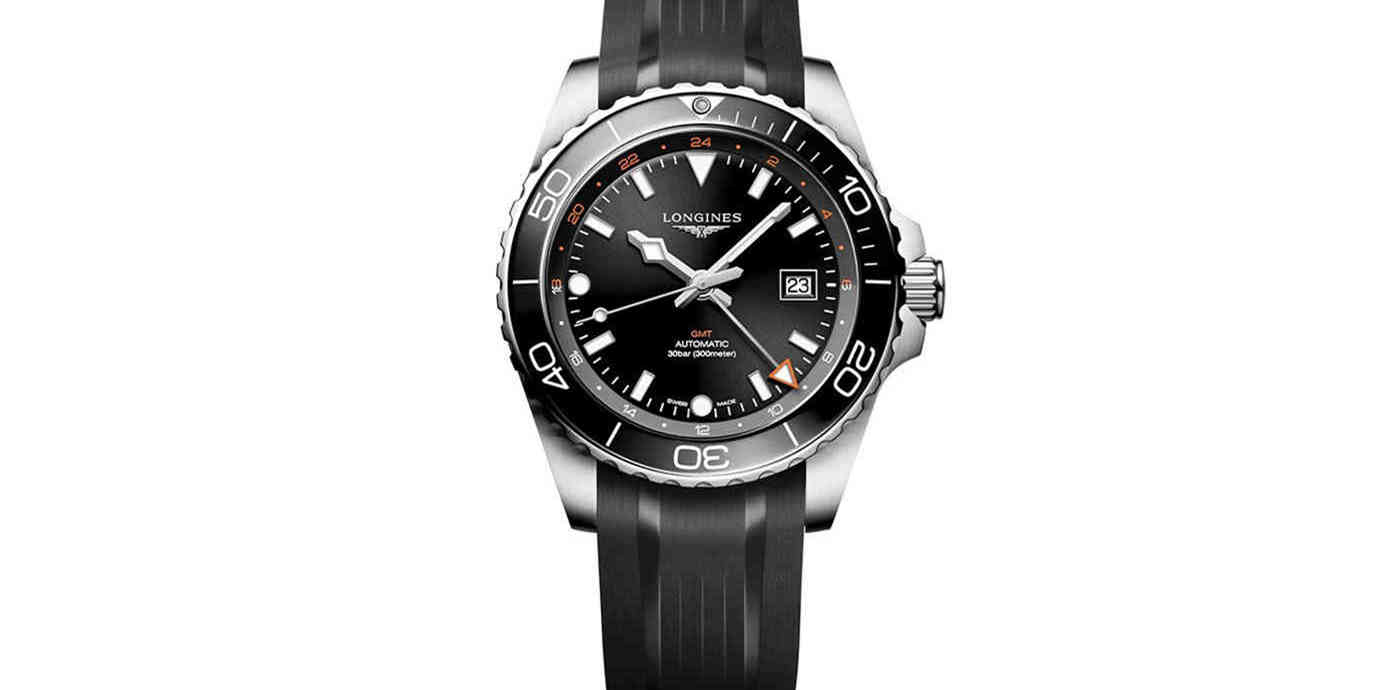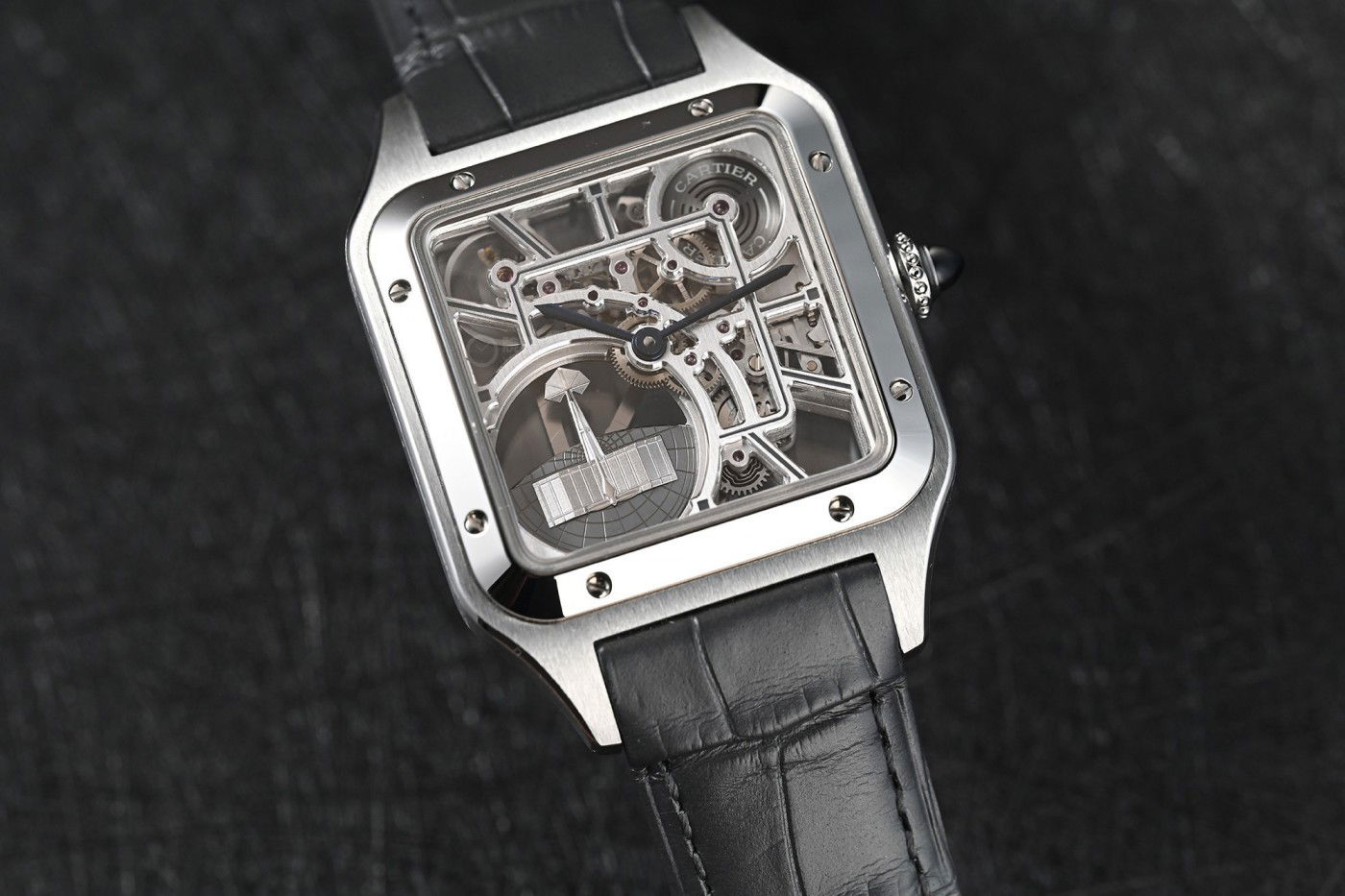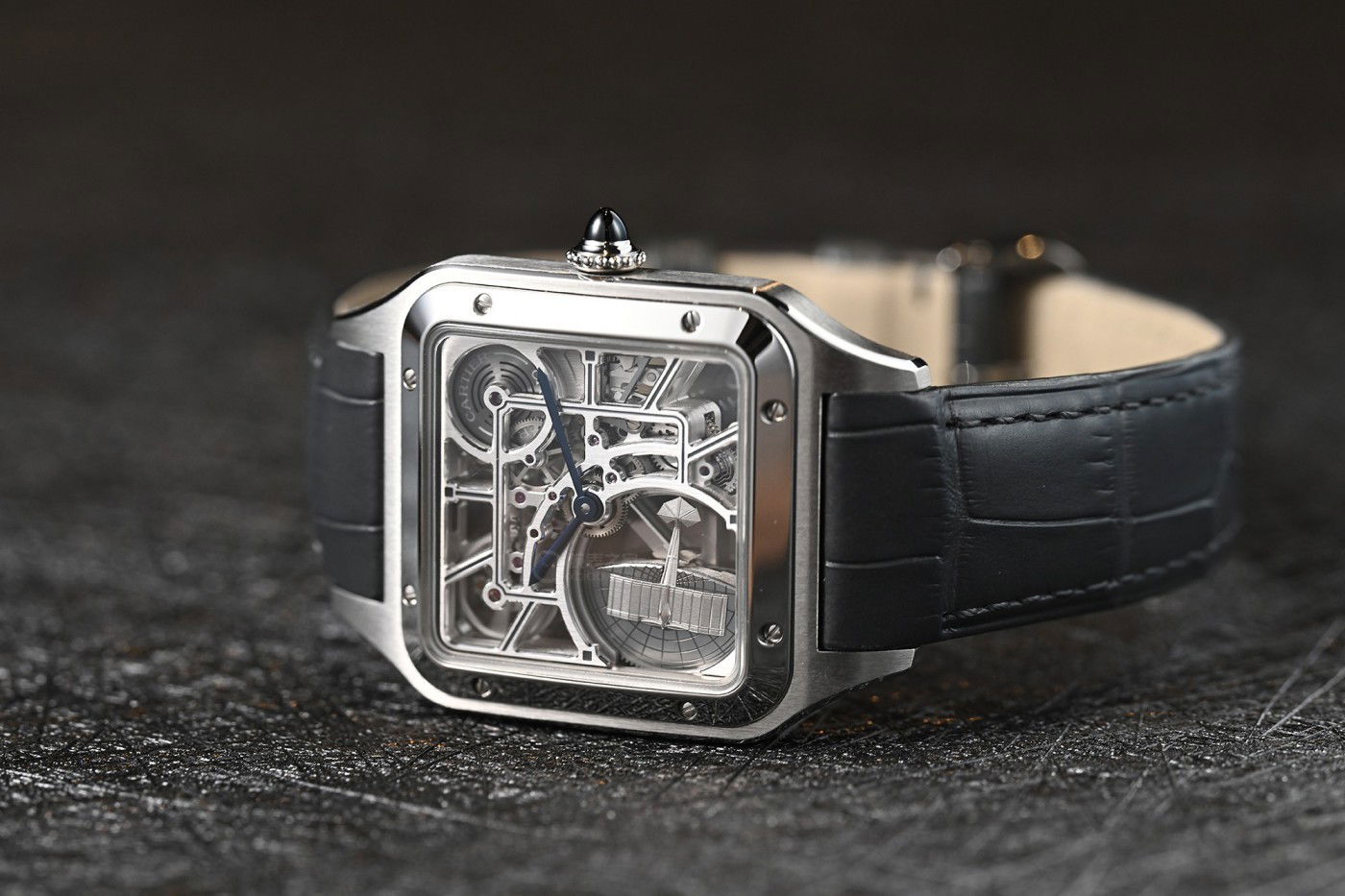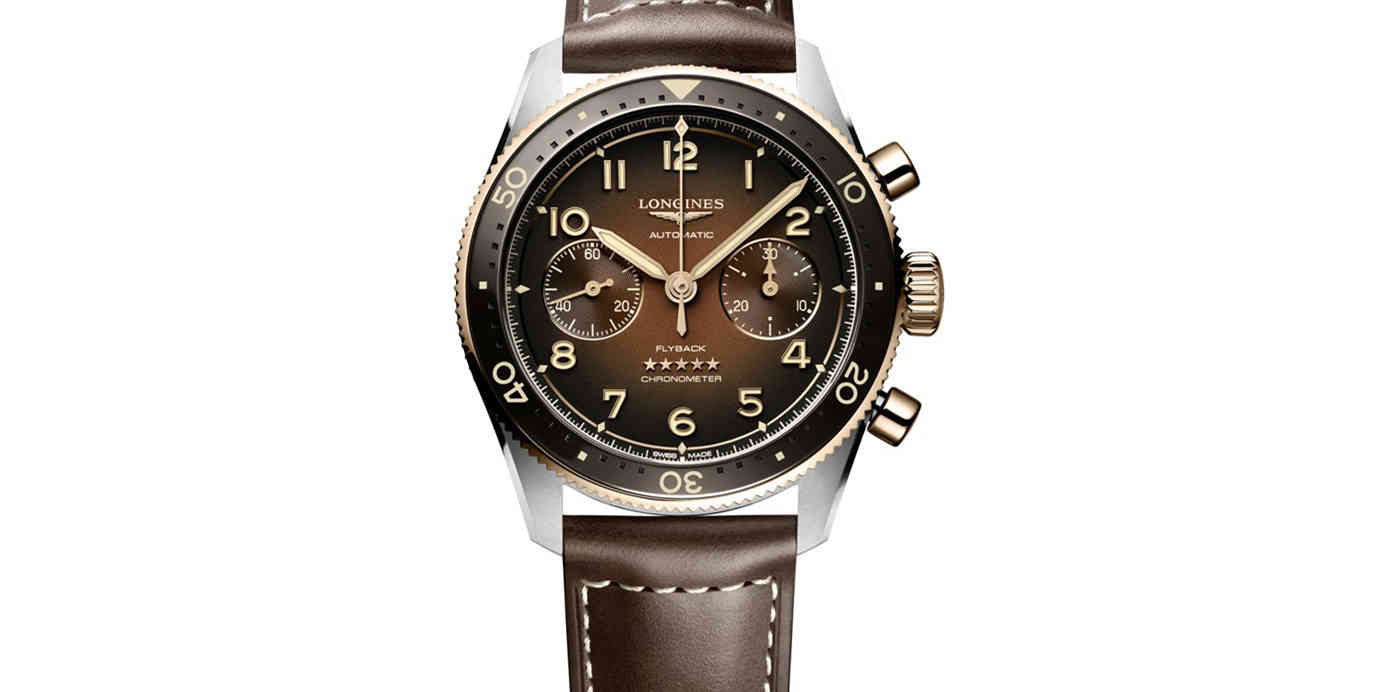We’ve been talking a lot about diver's watches this summer, and I’m sure you all know how these watches perform at different price points. But today, let’s switch it up and focus on chronographs. Which new chronograph around $4,000 stands out in terms of performance? Let’s dive in.

- Longines Concas Joyful Chronograph
With watch prices going up over the past couple of years, Longines' "king of cost performance" title seems to be a bit affected. But despite the price hikes, Longines still delivers when it comes to design and performance. Take the new 42mm Concas Joyful Chronograph, for example.In 2023, Longines introduced a chronograph function to the Concas series for the first time, launching the Concas Yuedong chronographs. They come in a bunch of colors, including a fancy champagne gold, classic blue, black, and silver, plus this year’s new deep-sea blue and mountain green. A lot of these models draw inspiration from the original 1954 Concas watches, with cool retro features like the snail-shaped scales on the main dial and below the hour markers of each sub-dial. They also have a luminescent spot on each applied hour marker, a nod to the 90s designs.The Concas Joyful Chronograph still uses a steel case with a ceramic ring, measuring 42 mm in size and 14.3 mm in thickness.Inside, it’s powered by the Longines L898.5 automatic chronograph movement, a modular movement based on the Longines L888 (ETA A31 modified version) with a chronograph module. The movement has a silicon balance spring, a finely tuned balance wheel, and Omega’s Double T shock absorber. It swings at 28,800 times per hour and has a 59-hour power reserve. Plus, Longines’ movement decoration stands out, with Côtes de Genève stripes on the rotor and pearl patterns on the bridge.
- Rado Captain Cook Series Chronograph
For Rado, the Captain Cook is one of its most iconic collections, but it’s not exactly new—it's only been making waves since 2017. The first chronograph version dropped in 2022, adding a chronograph function to the ocean-inspired Captain Cook line, which really caught the eye of watch fans.While the chronograph function is a new addition, the design isn’t too different from other models in the series. It doesn’t use the ceramic material Rado is famous for on a large scale for chronographs but sticks to steel or bronze. The case is 43 mm in diameter and 14.8 mm thick, with a ceramic gasket in the rotating bezel to match the dial color. The design still keeps the signature inward tilt style.Unlike the Longines Joyful Chronograph, Rado's chronograph features a traditional binocular sub-dial layout, with a date window at 6 o'clock and the iconic moving anchor logo at 12 o'clock. The dial color choices have become richer, including a new green dial this year. These dials use gradient technology and sunburst decoration, giving them a smooth, detailed look.The watch is powered by a modular movement, the R801 calibre, based on the ETA A31, with a chronograph module, a built-in Nivachron hairspring, and a 59-hour power reserve. Even though it uses the basic ETA A31 movement, its configuration and finishing are different from the Longines L898.5.
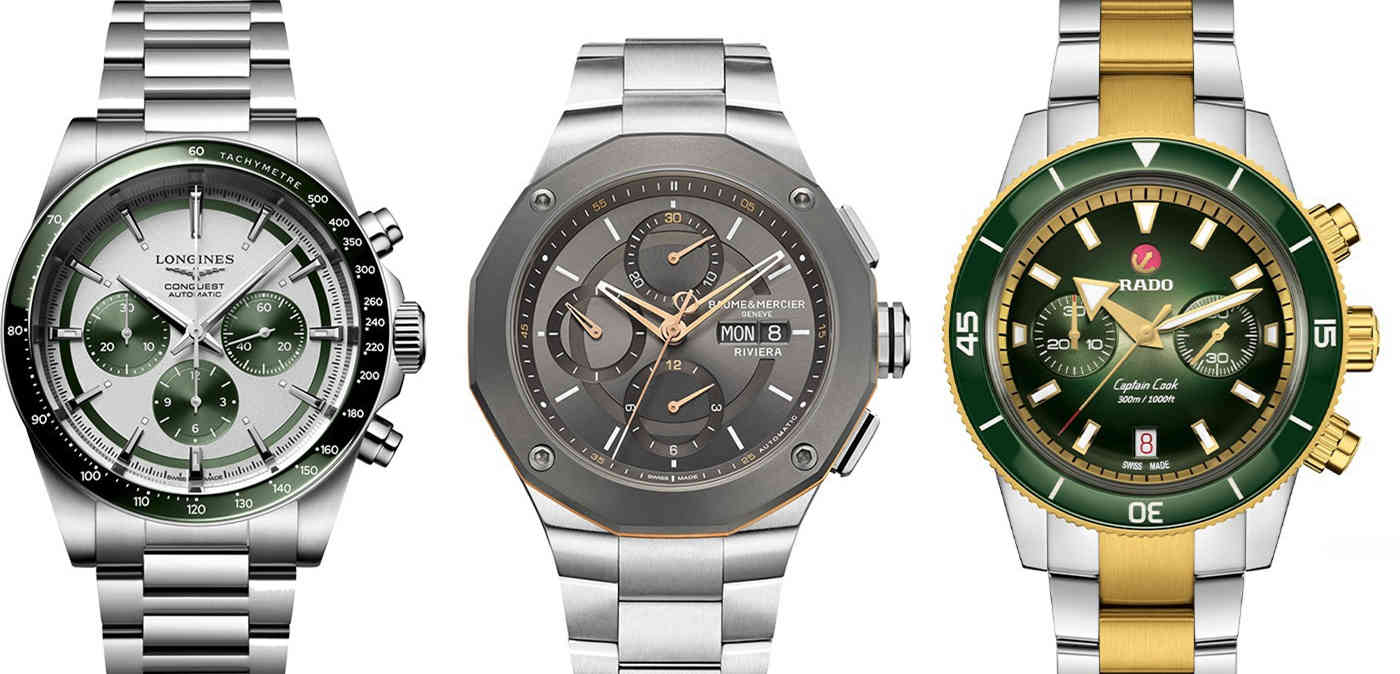
- Baume & Mercier Riviera Chronograph
Since it started in 1973, the Baume & Mercier Riviera has gone through five updates, and the current model is the fifth generation. Recently, Baume & Mercier has been adding more functions to the Riviera line, like dive, GMT dual time zone, moon phase, chronograph, and perpetual calendar models.The watch still keeps the iconic twelve-sided bezel design, made of titanium and secured with four screws, making it instantly recognizable. With a 43 mm diameter and 14.14 mm thickness, the stainless steel case is the thinnest of the three watches.The dial design is pretty versatile, featuring a day-date display at 3 o'clock for everyday use, along with chronograph counters and small seconds. The slate-grey dial has a sunburst finish, dark grey flange, and snailed recessed sub-dials, giving it a deep, layered look.Inside, it’s powered by the BM 13750 calibre, an upgraded version of the ETA 7750 movement, with a frequency of 28,800 vibrations per hour and a 48-hour power reserve.

Summary: When it comes to chronographs in the $4,000 range, there aren’t many options, and these three watches are some of the top choices. Each has its own strengths, so which one would you go for?

